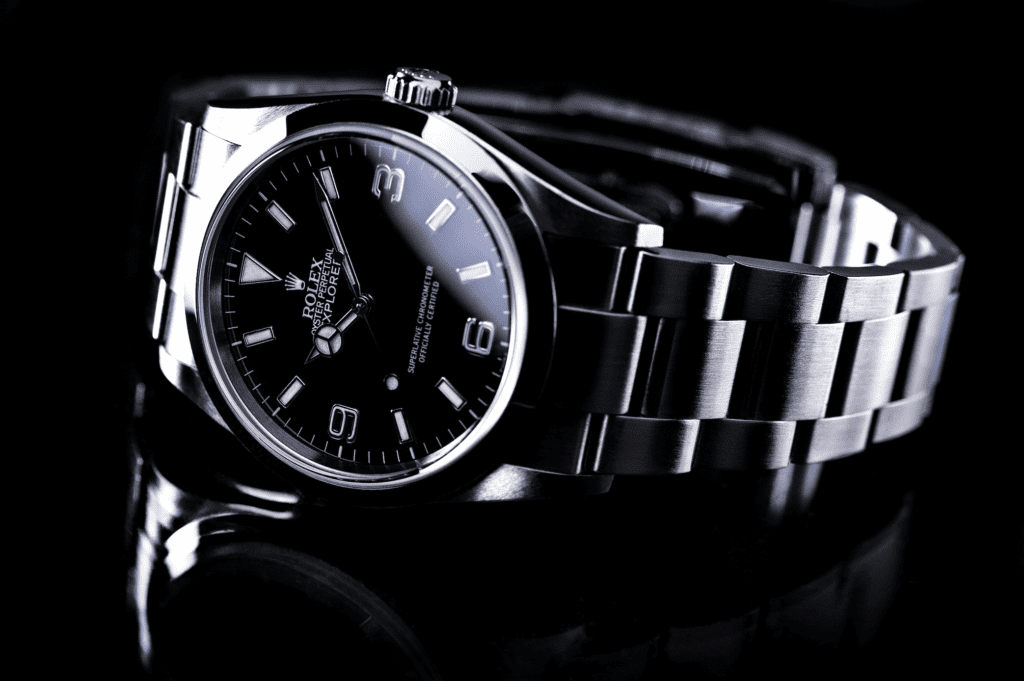The Supreme Court issued its opinion in Abitron Austria GmbH v. Hetronic International, Inc. on Thursday, a trademark case that pit a U.S.-based equipment company against its former European distributor over the reach of U.S. trademark laws. In the newly-issued decision, SCOTUS narrowed the applicability of U.S. trademark laws outside the U.S. In doing so, the court overturned a lower court’s determination (and a $100 million-plus jury award) that Abitron was on the hook for trademark infringement for selling Hetronic-branded products – namely, radio remote controls for construction equipment in “a distinctive black-and-yellow color scheme” – albeit with unauthorized parts.
Some Quick Background: A district court in the W.D. of Oklahoma held that while 97 percent of its sales of allegedly infringing Hetronic-branded products at issue took place in Europe, the Abitron entities (six foreign parties) had, nonetheless, infringed Oklahoma-headquartered Hetronic’s trademark, and awarded it upwards of $115 million in damages – $96 million of which was for violating federal trademark law. Abitron appealed to the Tenth Circuit, which held that the Lanham Act could be applied to foreign defendants’ foreign sales and affirmed the district court’s decision (in part).
In January 2022, Abitron petitioned the Supreme Court, raising the question of whether the Tenth Circuit “erred in applying the Lanham Act extraterritorially to petitioners’ foreign sales, including purely foreign sales that never reached the United States or confused U.S. consumers.” And in November 2022, SCOTUS granted cert.
Writing for the majority, Justice Alito (joined by Justices Thomas, Gorsuch, Kavanaugh, and Jackson) held that the case “requires the Court to decide the foreign reach of 15 U.S.C. §1114(1)(a) and §1125(a)(1), provisions of the Lanham Act that prohibit trademark infringement.” And ultimately, the court held that “applying the presumption against extraterritoriality, [those provisions] of the Lanham Act are not extraterritorial and extend only to claims where the infringing use in commerce is domestic.”
The court reached this finding after walking through “a two-step framework.” Since neither of the two Lanham Act provisions comes with “an unmistakable instruction that [they are] extraterritorial,” which is the gist of step one, the court moved to step two, which requires courts to identify the “focus of congressional concern” underlying the provisions at issue – or in other words, the conduct it seeks to “regulate” and/or the parties/interests it seeks to protect. Here, since both Lanham Act provisions “prohibit the unauthorized use ‘in commerce’ of a protected trademark when, among other things, that use ‘is likely to cause confusion,’” use in commerce was deemed to be the relevant focus by the court and “the dividing line between foreign and domestic applications of these Lanham Act provisions.”
Step two simultaneously drew a line between the Justices, with Justice Sotomayor stating in her concurrence (joined by Roberts, Kagan, and Barrett) that while the court got the overall finding right, she disagrees with the extraterritoriality framework it adopted. “In my view, [the Lanham Act provisions at issue] extend to activities carried out abroad when there is a likelihood of consumer confusion in the U.S.” (The majority shot this down, saying, “This approach is wrong, and it would give the Lanham Act an untenably broad reach that undermines our extraterritoriality framework.”)
Justice Jackson’s concurrence is also worth noting, particularly as it brings the matter home for luxury/fashion entities. Setting the stage, Jackson stated that the Lanham Act defines “use in commerce” as “the bona fide use of a mark in the ordinary course of trade,” and notes that “a ‘use in commerce’ does not cease” after a trademark-bearing product enters into the market. “So, even after a trademark begins to be ‘used in commerce’” – such as when goods bearing the mark are first sold – that trademark is “also ‘used’ in commerce’ wherever and whenever those goods are in commerce,” as the trademark services to “identif[y] and distinguish … the source of the goods.’”
By way of example, Jackson suggested a hypothetical German company that makes and sells handbags in Germany marked with the word “Coache” (the owner’s family name), which American tourists buy and use upon their return to the U.S. “Imagine that a representative of [Tapestry-owned] Coach sees the bags [being carried in the U.S.] and persuades Coach to sue the German company for [trademark] infringement, fearing that the ‘Coache’ mark will cause consumer confusion.” Absent additional facts, Jackson asserted that “such a claim seeks an impermissibly extraterritorial application of the Lanham Act,” as the “Coache” mark affixed to the bags is “not being ‘used in commerce’ domestically” in accordance with the Lanham Act, which defines use in commerce as “serv[ing] a source-identifying function ‘in the ordinary course of trade.’”
Changing the facts just a bit, Jackson stated that after returning to the U.S., those same consumers opt to resell their bags (in this U.S.), thereby, “confusing [secondary market] consumers and damaging Coach’s brand.” Now, the Justice said that “the bags are in domestic commerce … [as they] continue ‘to identify and distinguish’ the goods from others in the (now domestic) marketplace and to ‘indicate the source of the goods.’” In that scenario, the German company “continues to ‘use [the mark] in commerce’ within the meaning of the Act, triggering potential liability under §1114(1)(a) and §1125(a)(1),” per Jackson.
Guided by this understanding of “use in commerce,” Jackson said that she joins the court’s opinion in full.
The case is Abitron Austria GmbH v. Hetronic Int’l Inc., 21-1043 (U.S.).











